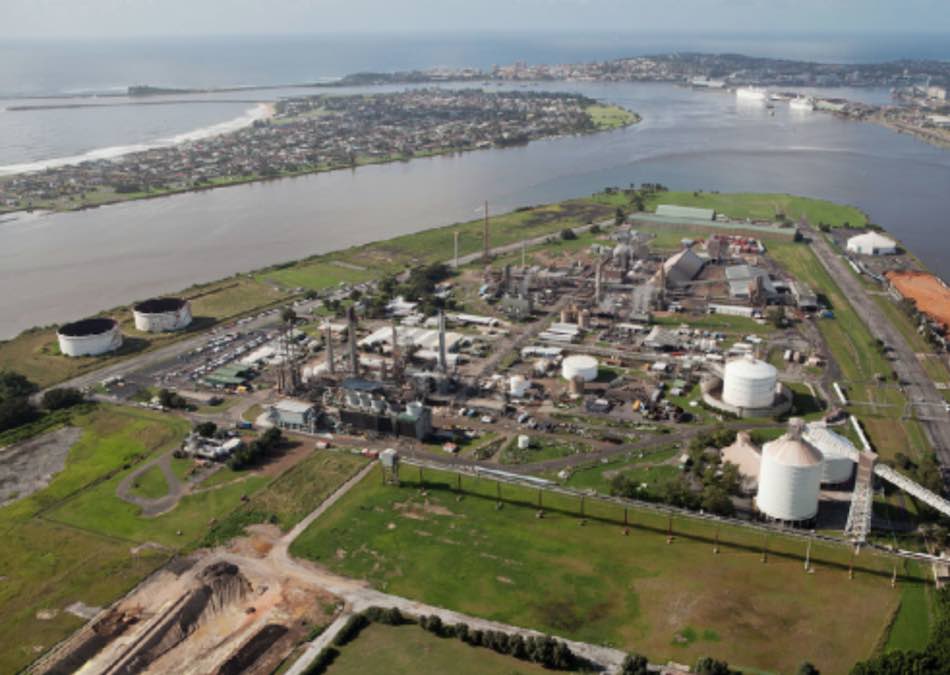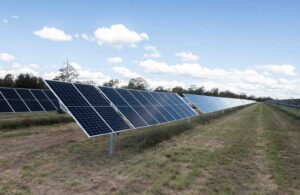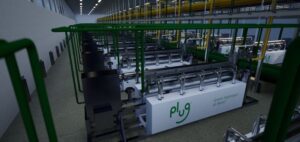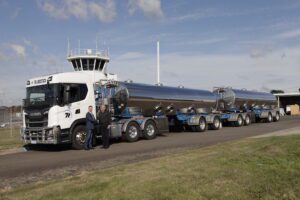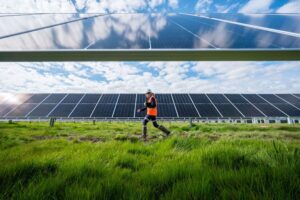A new plan to turn the New South Wales Hunter region into a green hydrogen hub has emerged this week, with Origin Energy and Australia-based multi-national Orica announcing a joint effort to assess the viability of a hydrogen production facility and downstream value chain opportunities.
The two companies on Monday said they had signed a memorandum of understanding (MoU) to conduct a feasibility study into establishing a “Hunter Valley Hydrogen Hub” in what has long been the coal centre of New South Wales.
The proposed hub would produce green hydrogen from recycled water sources and renewable electricity, using a grid connected 55MW electrolyser.
The green hydrogen would then be used for heavy industry and transport, for conversion into green ammonia at Orica’s existing Kooragang Island manufacturing facility, as well as for blending into natural gas pipelines, and, potentially, for export.
“We’ve been operating our Kooragang Island site for over 50 years, and are committed to ensuring both our manufacturing facility and the Newcastle region remain competitive in a low carbon economy, while also strengthening Australia’s domestic manufacturing capability,” said Orica chief Sanjeev Gandhi on Monday.
“This partnership aligns with our corporate strategy and our ambition to achieve net zero emissions by 2050, and our target to reduce our scope 1 and 2 operational emissions by at least 40 per cent by 2030.
“By partnering for progress, we can drive sustainable change and achieve our decarbonisation ambitions, together.”
For Origin, the Hunter hydrogen hub proposal follows the gen-tailer’s announcement, earlier this month, that it would be closing down its New South Wales-based Eraring coal-fired power plant – which is not in the Hunter region but on the shores of Lake Macquarie – in 2025, seven years ahead of schedule.
It also follows the “overwhelming” response the NSW state government received for the Hunter and Central Coast Renewable Energy Zone, with more than $100 billion worth of proposed solar, wind and storage projects competing for a place.
There is no shortage of renewable hydrogen proposals emerging around the country, either. In the Hunter region, alone, a consortium led by renewables advisory outfit Energy Estate and including AGL Energy APA Group, and ITM Power, floated plans for a Hunter Hydrogen Network (H2N) in May of last year.
As Energy Estate’s Simon Currie explained at the time, ITM – which is developing of a one-gigawatt-a-year electrolyser manufacturing facility in South Yorkshire in the UK – is considering building a similar facility in the Hunter, potentially at Tomago, home to Australia’s largest aluminium smelter.
Currie said the first stage of the H2N project would facilitate more renewables to come online in the region through the installation of electrolysers at critical places, including Muswellbrook, where an existing coal mine is being repurposed as a clean industrial hub.
For Origin and Orica, the feasibility study aims to assess ways that an industrial hydrogen hub could enable use cases to support a meaningful green hydrogen industry in the Hunter Valley and beyond.
“We support both the federal and New South Wales Hydrogen Strategies, and this partnership will allow us to define opportunities and ways we can contribute to a more sustainable future for the region,” Gandhi said.
See also: Fortescue starts building hydrogen electrolyser plant that will double global production

